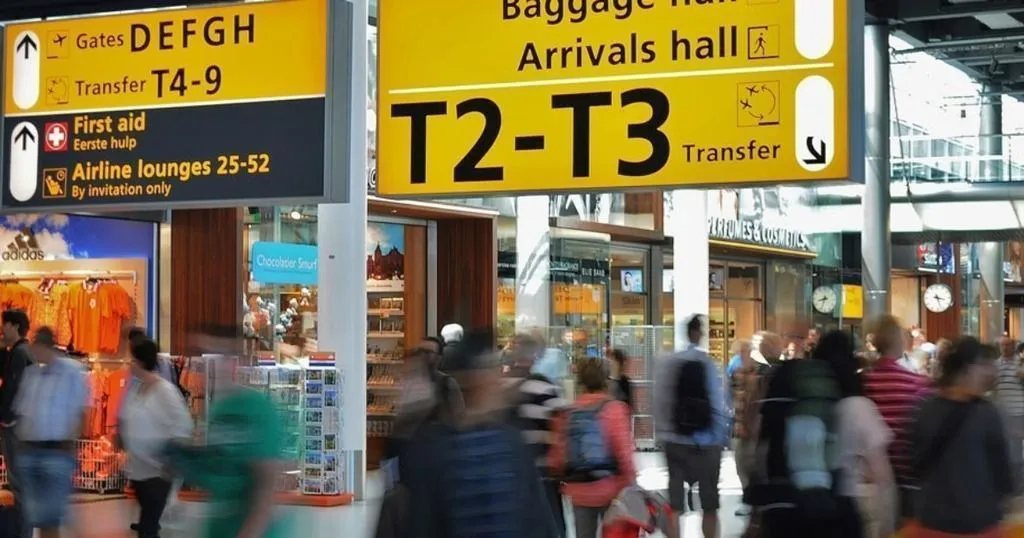Shopping behavior analysis- improving the shopping experience at airports
The retail industry is currently booming in some regions, and with travel such an important part of modern life, so is the retail industry at airports. Learn more about consumer buying behavior by reading this blog post.
Posted by
Published on
Mon 04 Jan. 2016
Topics
| Consumer Behavior | Market Insights | Retail | Shopping Behavior | The Observer XT |

We’ve all been there: arriving at an airport hours before your flight leaves, wandering around to pass time before you can board. Luckily, most airports offer stores where you can buy food, books, and tax-free items, but how often is it that you’re not truly interested in shopping and just keep strolling without actually buying?
Improving the shopping experience at the airport
The retail industry is currently booming in some regions, and with travel such an important part of modern life, so is the retail industry at airports. Plenty of market researchers have devoted their time to get the numbers behind the perfect selling strategy, but limited research has been done towards the actual retail experiences of passengers at airports.
Much of the current work on shopping at the airport focuses on passenger purchasing, and how this expenditure can be increased. But this research does not address the fundamental issue that with so many things going on at airports, passengers are likely to simply not shop. Australian researcher Dr. Alison Livingstone decided to address this gap by researching how passengers experience airports and how they use the retail environment of airports.
Shopping behavior analysis
Dr. Alison Livingstone's project had three aims:
- To understand and document the full range of activities and interactions which passengers undertake during their actual airport experience, in both retail and non-retail locations.
- To provide new knowledge of how passengers actually interact with retail environments.
- To understand how passengers’ retail experiences are influenced by their airport experiences.
Observational studies at the airport
Livingstone conducted two field studies at three Australian international airport departure terminals. In contrary to previous research, her data collection methods combined both pre and post experience interviews as well as observations of passengers’ complete retail experiences.
By observing passengers at airports and not just interviewing them about their experience, in-depth information on what people actually do within a particular environment could be gained, giving the researcher insight on the passenger’s perspective, rather than from their own.

As a direct result of these observational field studies, Livingstone was able to identify the full range of retail activities and interactions undertaken by passengers during their time in an international departure terminal. Passenger behavior was recorded on video. A custom coding scheme was used to note behaviors and actions. The observational data was then analyzed in The Observer XT, while the coding scheme was further developed during the analysis process.
Insights to passenger behavior
Thanks to these video observations and subsequent analysis with The Observer XT, interesting insights were gleaned from the data. It quickly became clear that passengers are involved in a broader range of activities and interactions, at both landside and airside environments, than described in current research. All these activities and interactions are responsible for their airport experience and drive any retail experience at these airports.
Livingstone’s research shows that passengers have different experiences at the landside and airside retail environments. If these two separate retail environments, and the terminal areas they’re located in, would be redesigned and improved to reflect specific needs of passengers, the passenger retail experience could be improved.This would result in passengers not only enjoying the overall airport experience more, but also increase the chances they will give in to their impulses and buy that awesome headset or that comfortable sweater that will keep them warm on the airplane.
More details and suggestions are available in the full thesis. Passenger experience and their implications for airport retail environment design (2014). Faculty of Creative Industries, Queensland University of Technology.
Related Posts

Declared vs revealed data

Observations of eating behavior

